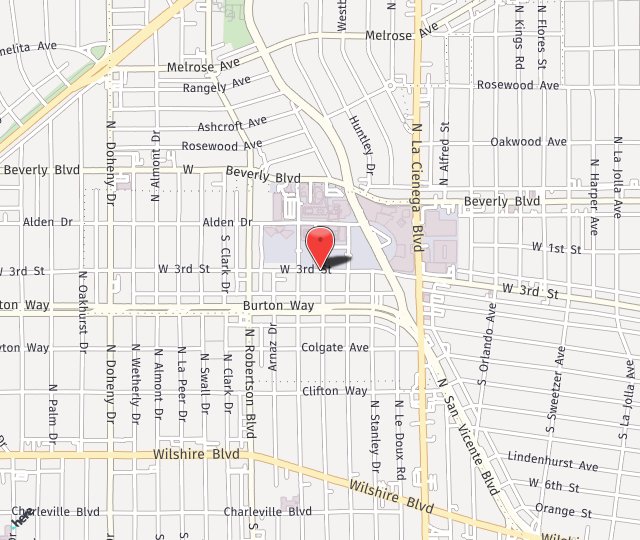Can You Transfer a Nerve?
- Posted on: Apr 15 2019

But what happens if a nerve is severely damaged to the degree that the nerve’s connection to the spinal cord is destroyed? If this happens, the nerve won’t be of any further use. If it is a motor nerve, the muscle it serves won’t function; it will be paralyzed. If the nerve is a sensory nerve, the brain won’t receive any information, resulting in numbness in the area served.
To repair this sort of damage, Dr. Seruya performs a nerve transfer.
What is the goal of a nerve transfer?
In an injury has destroyed a nerve’s connection to the spinal cord, the connection can be restored with a nerve transfer. In this surgical procedure, a healthy nerve is used to provide a new connection to the spinal cord, which can restore either the motor or sensory function of the damaged nerve. Of course, the area from where the donor nerve is taken then will lose feeling or movement, unless more than one nerve serves the area.
When choosing these nerves, Dr. Seruya discusses the options with the patient. For some of these donor nerves, the function is considered less important or useful than the function to be regained. In other cases, as mentioned, the donor nerve is redundant.
How is a nerve transfer done?
Dr. Seruya makes an incision in the skin to expose both the donor nerve and the injured nerve. The nerve to be transferred needs to be in close proximity to the target muscle or sensory area. He’ll use electrical stimulation to test the nerve for function and to be sure it is healthy. If possible, he will only take certain parts of a nerve bundle, called fascicles.
The donor nerve is left connected to the spinal cord, but it is then moved to the location of the injured nerve. The end of the donor nerve is then basically plugged in to the injured nerve. The donor nerve now supplies the function formerly provided by the damaged nerve.
At first, the patient may have to activate the donor nerve in the same way it was before. For instance, if the nerve works with breathing function but is now responsible for twisting the hand, initially the patient may have to breathe deeply to twist his arm. But the brain learns and soon the patient is able to twist his hand without breathing deeply. To make for easier recovery and return to function, motor nerves are used to re-innervate muscles and sensory nerves are used to restore sensation.
Obviously, this procedure is far more complicated than can be covered in a blog, but at least you now have the idea of what is behind a nerve transfer. If you have severe nerve damage, Dr. Seruya has the experience and expertise you need to regain function. Please call us at (310) 423-2129 to schedule a consultation.
Posted in: Nerve Transfer

